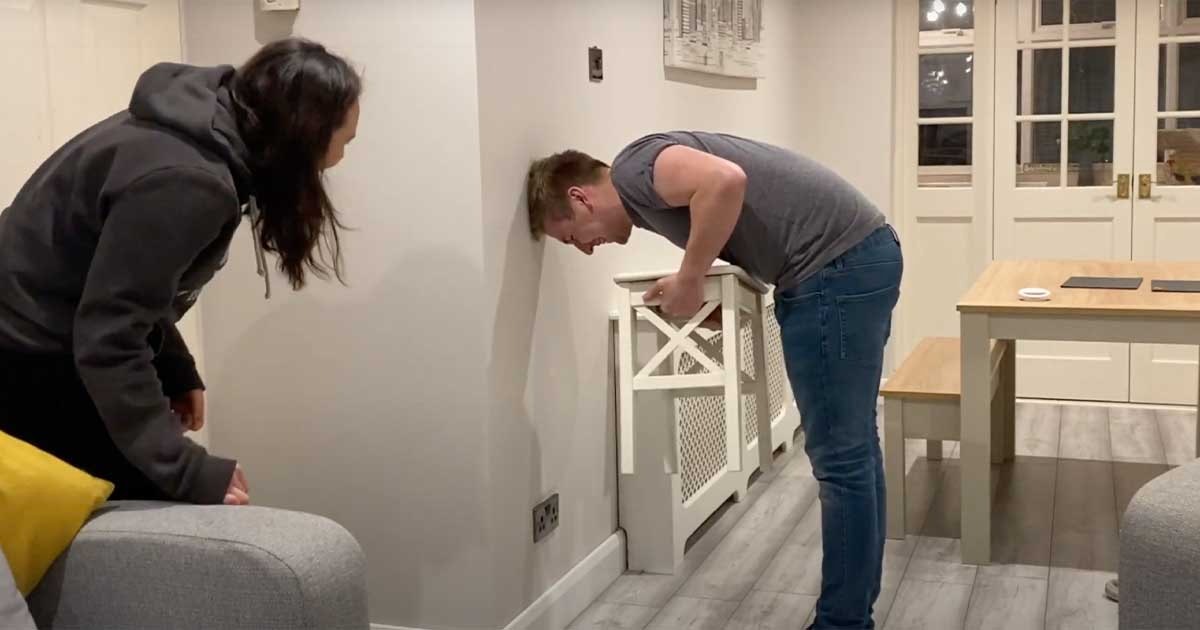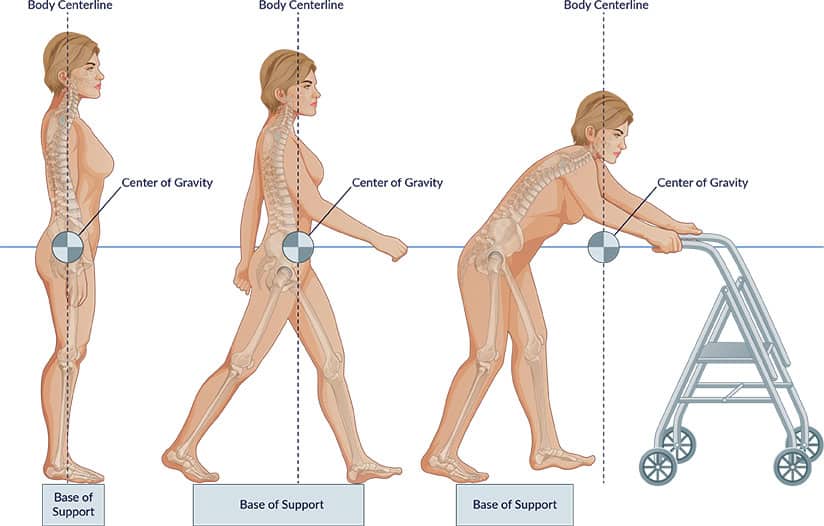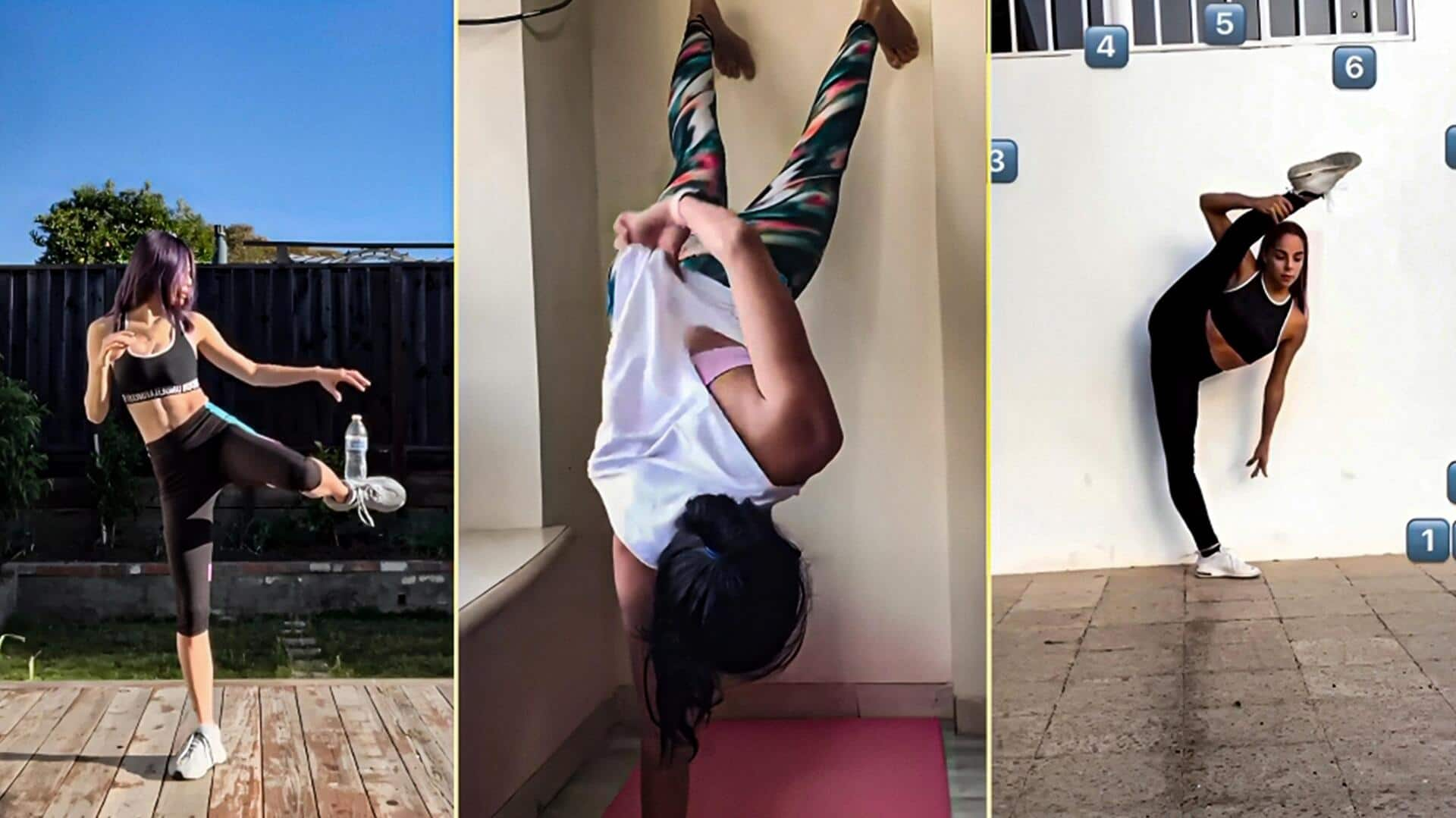The Chair Challenge TikTok Trend: Why Men Can't Do What Women Master Easily
The Chair Challenge TikTok Trend: Why Men Can't Do What Women Master Easily

If you've been scrolling through TikTok lately, you've probably stumbled upon one of the most fascinating viral challenges of recent years: the Chair Challenge. This deceptively simple task has taken social media by storm, sparking countless videos and heated debates about gender differences in physical abilities. What makes this challenge particularly intriguing is its seemingly impossible nature for men, while women appear to complete it effortlessly.
What is the Chair Challenge?

The Chair Challenge, also known as the Wall Chair Challenge or Center of Gravity Challenge, became a viral sensation when it first exploded on TikTok in 2019. The challenge involves a seemingly straightforward task: stand against a wall, bend forward at a 90-degree angle, pick up a chair, and try to stand upright while holding it.
What started as a simple internet challenge quickly evolved into a gender-based phenomenon when users noticed a striking pattern: women consistently succeeded at the challenge, while men repeatedly failed, often struggling to even lift themselves back up.
How to Perform the Chair Challenge
The Chair Challenge follows these specific steps:
- Position yourself: Stand approximately two feet (or two shoe lengths) away from a wall
- Bend forward: Lean forward at the waist until your head touches the wall, creating a 90-degree angle with your torso
- Pick up the chair: Have someone place a chair under your chest area and lift it up
- Stand up straight: Attempt to return to an upright position while holding the chair
While these instructions seem straightforward, the execution proves dramatically different for men and women, leading to the challenge's viral appeal and scientific intrigue.
The Science Behind the Chair Challenge

Center of Gravity Differences
The primary explanation for the Chair Challenge's gender-specific results lies in fundamental anatomical differences between men and women, particularly regarding center of gravity. According to research published in Theoretical Biology and Medical Modelling, women's center of gravity is typically 8 to 15 percent lower than men's.
Dr. Mallika Parekh, a health and wellness expert, explains: "Due to the generally more curvaceous structure of a woman's hips in proportion to the rest of their body as well as their average heights, the average location of a person's weight tends to be lower in a woman's body, as opposed to men who have more even weight distribution."
Anatomical Factors at Play
Several key anatomical differences contribute to this phenomenon:
- Hip Structure: Women typically have wider hips and a larger pelvis, lowering their center of gravity
- Shoulder Width: Men generally have broader shoulders, raising their center of mass
- Weight Distribution: Women carry more weight in their lower body, while men carry more in their upper body
- Foot Size: Larger feet (more common in men) require greater distance from the wall, affecting balance
Why Men Struggle and Women Succeed

When attempting the Chair Challenge, men face a significant biomechanical disadvantage. Their higher center of gravity means more of their body weight shifts forward when they bend over. As Eric Shadrach, a physical therapist at MetroHealth Medical Center, notes: "People with larger feet will put them farther away from the wall and extend their center of mass away from a position that their muscles can't act as a lever."
Women, conversely, can maintain better balance because their lower center of gravity allows them to keep more weight over their base of support. When they remove their head support from the wall, their center of gravity can more easily return within their base of support, preventing them from falling forward.
The Viral Impact and Cultural Phenomenon

The Chair Challenge's viral success stems from its perfect combination of simplicity, surprise, and social media shareability. Unlike many internet challenges that require special skills or equipment, this one needs only a wall, a chair, and two people.
The challenge has spawned thousands of variations and reaction videos, with families, couples, and friends testing the phenomenon. Many videos feature men confidently approaching the challenge, only to find themselves stuck in an awkward position, unable to stand up – a moment that perfectly captures the internet's love for unexpected outcomes.
Celebrity Participation and Mainstream Media Attention
The challenge gained additional momentum when celebrities and influencers began participating, sharing their attempts with millions of followers. The phenomenon even caught the attention of mainstream media, with news outlets exploring the scientific explanations behind the gender differences.
Variations and Related Challenges
The Chair Challenge's success has led to several variations and related viral challenges:
- Center of Gravity Challenge: Participants kneel and try to balance on their elbows
- One-Arm Chair Challenge: Attempting to lift the chair with only one hand
- Wall Sit Challenge: Traditional wall sits with added complexity
- Balance Beam Challenge: Similar physics principles applied to different scenarios
Frequently Asked Questions
Why can't men do the Chair Challenge?
Men typically have a higher center of gravity due to broader shoulders and different weight distribution. When they bend forward, more of their weight shifts beyond their base of support, making it nearly impossible to stand up while holding additional weight.
Can any men successfully complete the Chair Challenge?
While rare, some men can complete the challenge, particularly those with shorter statures, smaller feet, or different body proportions that result in a lower center of gravity.
Is the Chair Challenge safe to attempt?
Generally yes, but participants should be careful not to fall forward. Having someone nearby to assist is recommended, especially for first-time attempts.
Does foot size really matter in the Chair Challenge?
Yes, larger feet typically require standing further from the wall, which shifts the center of gravity further forward and makes the challenge more difficult.
Are there other challenges that show similar gender differences?
Yes, several balance-related challenges demonstrate similar patterns, including the Center of Gravity Challenge and various yoga poses that require lower body stability.
The Broader Implications
Beyond its entertainment value, the Chair Challenge offers fascinating insights into human biomechanics and the role of physics in everyday movement. It demonstrates how small anatomical differences can result in dramatically different physical capabilities, challenging assumptions about strength and ability.
The challenge also highlights the power of social media to turn simple scientific demonstrations into global phenomena. By making physics accessible and entertaining, viral challenges like this one can spark interest in science and human biology among audiences who might not otherwise engage with these subjects.
Conclusion: More Than Just a Viral Trend
The Chair Challenge represents more than just another fleeting internet trend. It's a perfect example of how social media can transform basic scientific principles into engaging, shareable content that educates while it entertains. Whether you're a skeptical man ready to prove the challenge wrong or a curious woman eager to demonstrate your natural advantage, the Chair Challenge offers a fun way to explore the fascinating intersection of anatomy, physics, and viral culture.
So next time you see someone attempting this challenge, remember that you're witnessing a real-time demonstration of biomechanics in action – proof that sometimes, the most profound scientific principles can be revealed through the simplest of challenges.
Ready to try the Chair Challenge yourself?
Share your results and help spread the science! Tag a friend who needs to see this explanation.
📱 Share on TikTok |
📧 Email This Article |
🔗 Copy Link